What would happen if China launched a surprise attack on Australia
Australia’s AUKUS pact was made to shore up peace and presence in the Pacific. But what if China launched a surprise attack, which would make Pearl Harbour look like the work of amateurs, writes Jim Molan.
NSW
Don't miss out on the headlines from NSW. Followed categories will be added to My News.
It’s about 10pm on the east coast of Australia when the news services across the nation start to drop off. Within a few minutes, they’re gone. Many Australians are already in bed, with few venturing out on this wet, windy night.
When the emergency generators kick in and the lights come back on, journalists switch on their computers. Nothing happens. This is not a routine outage.
The bulletins that can’t be broadcast that night won’t be issued for several weeks. No one, not even in the most secret corridors of government, where backup generators quickly restore the lost connection, can see what the disruptions are, or how far they will go.
At first no one suspects this is an act of war.
Around the world, control centres watch as the internet tries to revive itself through the automatic rerouting of data. This is supposed to be the strength of the internet, designed as it was to survive a Russian nuclear attack during the Cold War.
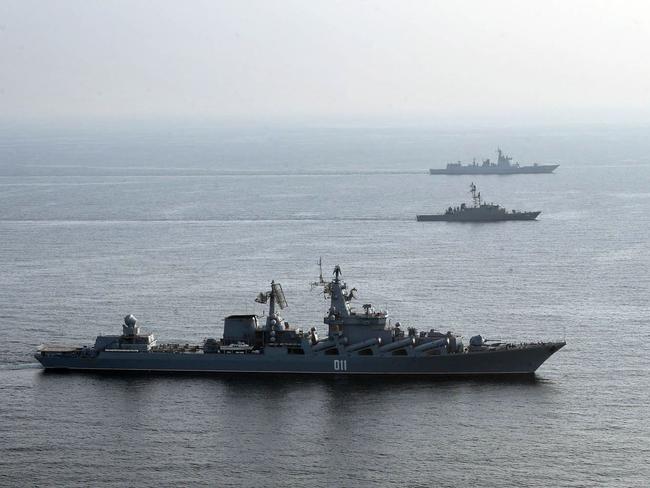
Yet it still depends for 97 per cent of its traffic not on satellites but on the undersea cables that thread their way through the depths of the world’s oceans.
Within a few hours, many of these have also gone down, broken by specialist submarines or ships, in addition to space communication and land links.
Those cables that remain are considered unreliable; suspicion is high that they have been rerouted, possibly to China, and everything important on them is likely to be read by super computers and foreign analysts.
In national emergency centres and strategic military command centres around the world, the conclusion is very soon reached that some form of major attack has been carried out. But even if this is the case, who has done it, and what can be done in response?
The US nuclear force puts itself on the highest state of alert, but again, no real action can be taken because only the President can initiate the use of nuclear weapons in a counterattack.
In this case, when every action so far detected cannot be confidently attributed to a particular country, who should the President defend against or attack?
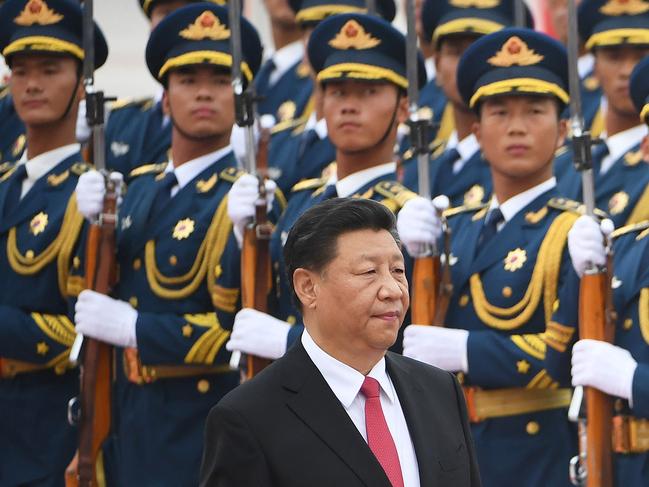
The US national command system with the President at the top is not even aware that, by midnight, Chinese missiles are being readied for launch in their fortified hiding places across China, to be fired at a selection of targets throughout the Western Pacific and elsewhere, such as Diego Garcia, a US military base in the Indian Ocean.
These missiles are not detected at launch because most of the assets that would normally do so, such as early-warning satellites, have been rendered inoperable or, if they are still working, cannot communicate with their controllers.
The Chinese missiles are carrying only high-explosive warheads, not nuclear ones. But they have an accuracy of 5 to 10 metres and do not require a large number of hits on each base to be effective.
With no expectation of an immediate attack the US bases have been operating to a peacetime routine.
Their commanders have been screaming for years about how vulnerable they are to such an attack, but Congress and the President denied them the funds to build an adequate number of shelters to protect the aircraft, to ring their airfields, ports and facilities such as armouries or fuel storage tanks with defensive missiles.
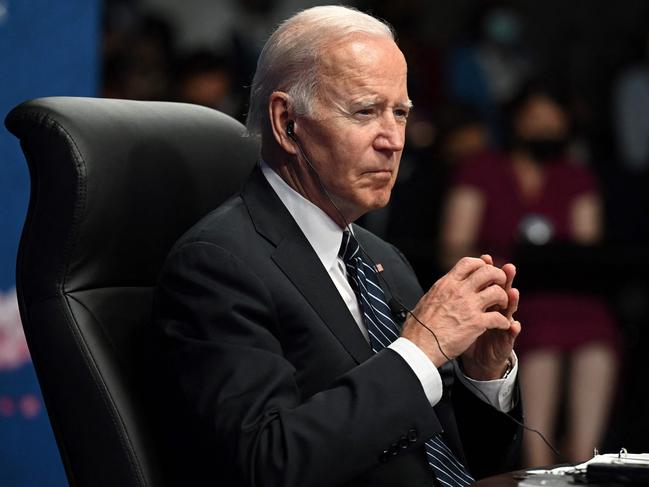
Once hit, the ‘flight lines’, as the aircraft parking spaces are called, will burn for days and make reinforcement of the Western Pacific by the US from its worldwide forces almost impossible, or at least immensely complex, slow and vulnerable.
In or near bases, local commanders, staff and emergency services are completely consumed for the next few days with handling casualties, re-establishing basic communications back to Hawaii or Washington, and considering what they might be able to do next. What can they do? They have no aviation fuel. Moreover, the bases’ stocks of bombs and missiles have all been destroyed, so even if by superhuman effort they were able to obtain the fuel, aircraft and maintenance staff, they have no armaments. And unless the US can establish anti-aircraft and anti-missile units around the bases to defend against the kind of missile attacks they have just suffered, the Chinese can simply re-attack the bases when they see them approaching a revived operational state.
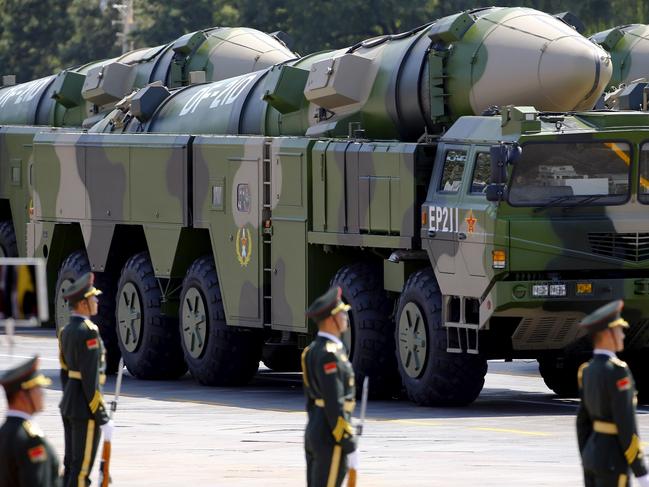
The US has 11 nuclear-powered attack submarines active in the Pacific at the time of the devastating attack.
One of the US submarines in the navy on patrol near Taiwan monitors strange rumblings in its vicinity. The listening devices on board this submarine are so sensitive they can detect whales talking to each other oceans away. When the initial explosive noises die away, the submariners can hear the sounds of other ships or submarines breaking up under water. But even though the crew have an idea of what is happening, there is no quick way to report it; the sophisticated comms systems, which depend on space communications, very low frequency radio waves and then various cyber systems, are so degraded as to be inoperative. What the US crew know is that China has probably detonated nuclear depth charges under water (the one exception to China’s self-imposed non-nuclear rule) and that the other three US subs may have been destroyed.
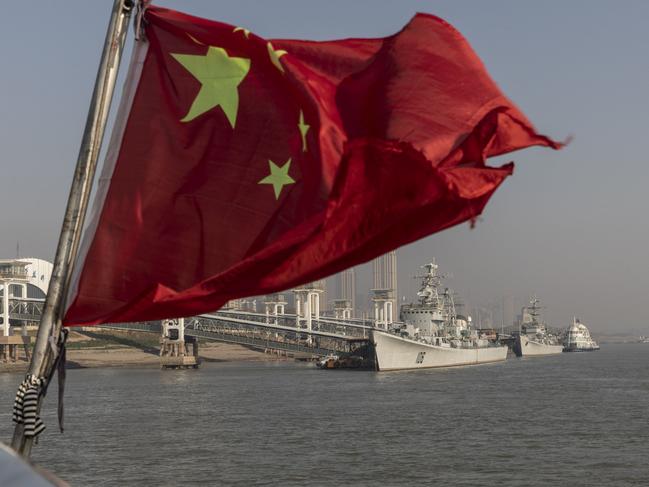
The US Pacific Fleet has two groupings of ships deployed in the region at the time of the attack, which is fairly normal for the past few years. The first is a carrier strike group which has entered the South China Sea through Luzon Strait in the Philippines.
The second group carrying a US Marine Corps unit of several thousand soldiers, vehicles, aircraft and equipment is threading its way through the Indonesian Archipelago. Like the carrier strike group, this expeditionary strike group is proceeding in a peaceful manner, unaware that its location is being intensely monitored by China’s satellites and that its fate is sealed.
The ballistic and cruise missiles China launches against these groups have maximum ranges of between 1000 and 5000 kilometres.
Crimson explosions bloom as the missiles penetrate the flight decks of the carriers, fuel is ignited and weapons magazines explode, tearing these gigantic ships and their thousands of crew members to bits. Several of the accompanying cruisers are also hit and break apart. The wrecks burn red until they sink, as smaller supporting ships move in to try and rescue troops or train hoses on the fires. But these ships too are soon hit by missiles and lost. The cost in human lives is appalling.
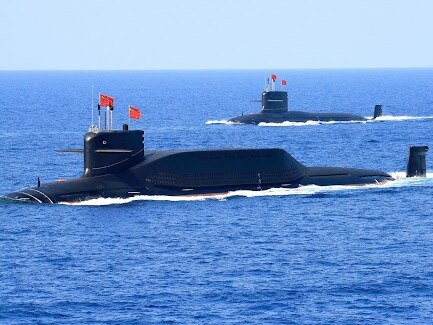
It is not just an attack on US forces that occurs on this disastrous night, however. Strikes are also launched against US allies. China’s attacks on US bases in Japan kill tens of thousands of Americans and many thousands of Japanese on the bases or in their vicinity. China does not attack Japan’s military forces, which are not insignificant and of high quality, reasoning that its own missile stocks are not infinite and that some have to be held in reserve, and that the US will be so hurt in the Western Pacific by the initial attacks that Japan will not fight on while the bases are burning and the Japanese first responders are still digging out their casualties.
Australia is a different matter. The Chinese hope – indeed expect – that the US will now acknowledge China as paramount in the Western Pacific. This is the most logical course of action from China’s point of view.
Yet China cannot blindly rely on this hope. It has to consider the possibility that the US might fight back and the most likely way to do this (without using nuclear weapons) is by assembling both its allies and its military forces from around the world.
Mobilising military forces and shifting them to the Pacific from the US and from Europe will take time and will need a firm base, a trusted ally somewhere in the region closer than Hawaii. Australia is likely to be that base, China has reasoned, and it will therefore have to be dealt with in this first round of attacks.
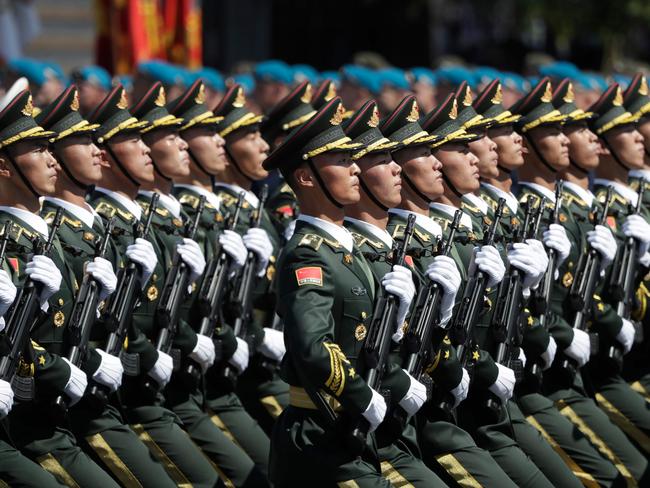
To this end, eight Chinese submarines have been deployed to four critical locations around the Australian continent. Cruise missiles launched from the subs are easily able to destroy Australia’s fleet of F-18F Super Hornet fighters, Growler electronic warfare aircraft and most of the F-35 fighter aircraft sitting on criminally unprotected bases in the north and the east of the country.
Over the next day or so, the Chinese submarines dispatch automated and self-propelled sea mines to the vicinity of key military facilities in the harbours of Darwin, Sydney and Garden Island, south of Perth. These advanced, unmanned undersea weapons are programmed to destroy any warships that attempt to move out of the harbours.
China has taken a step from which there is no retreat. It has redefined the power struggle in the Western Pacific and perhaps across the world.
This is an edited extract from Danger On Our Doorstep by Jim Molan. Published by Harper Collins, it will be released on August 3.





